Here’s Why Cosmetic Injectors Are So Obsessed With Sculptra Right Now
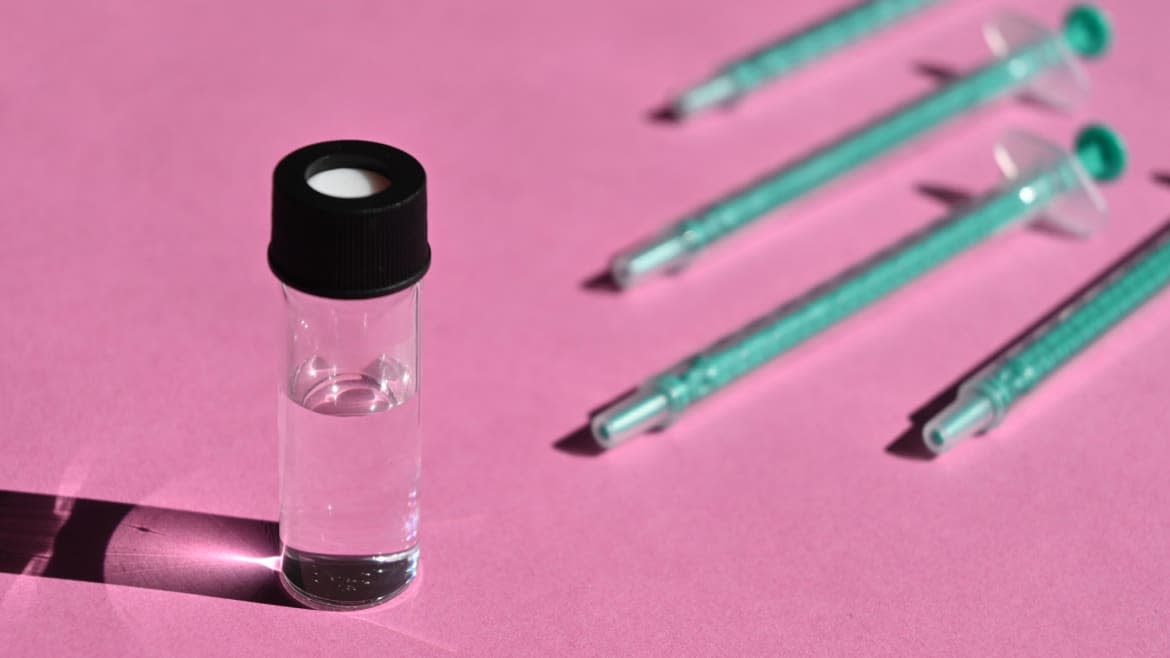
Scouted selects products independently. If you purchase something from our posts, we may earn a small commission.
If you frequent a cosmetic dermatologist for regularly scheduled neurotoxin wrinkle relaxers (Botox, Dysport, etc.), the odds are high that you’ve already heard about Sculptra from your derm or aesthetic injector. Sculptra (poly-L-lactic acid) is an injectable bio-stimulatory dermal filler touted for gradually addressing volume loss and yielding more natural results than hyaluronic acid-based fillers like Juvederm and Restalyne. Sculptra was approved by the FDA for addressing facial fat loss back in 2004 (primarily for those suffering from HIV and AIDS-induced facial lipoatrophy), but 20 years later, the collagen-and-elastin-boosting injectable treatment is surging in popularity seemingly all of a sudden.
Experts attribute several factors to Sculptra’s swift rise to fame over the last few years, but one of the main reasons is increased patient education in cosmetic treatments and an overwhelming backlash against hyaluronic acid-based fillers. These conventional fillers, which offer instant results post-treatment and last anywhere from six months to several years, have recently garnered a tidal wave of negative PR due to the potential of migration, unnatural-looking results, causing complications for surgical cosmetic procedures like facelifts down the road, and interference with the lymphatic system.
To get the lowdown on Sculptra’s skin and structure-enhancing aesthetic benefits, how it differs from traditional hyaluronic acid-based gel fillers, why it’s suddenly on every injector’s must-do list, and the potential risks, we asked two experts who have used the bio-stimulator for over a decade in their practice. Naturally, first, we wanted their authoritative word on what exactly Sculptra is and how it works.
What Is Sculptra, Anyway?
“Sculptra is a type of injectable dermal filler known as a ‘bio-stimulator.’ The active particles in the injectable are made up of poly-L-lactic acid (PLLA), which are biocompatible particles suspended in water,” explains board-certified dermatologist, Facile Skin founder, and skincare expert Dr. Nancy Samolitis, MD, FAAD. “When injected into the tissue, they gradually stimulate collagen growth, and eventually, the particles dissolve and resorb.” Dr. Samolitis (aka Dr. Sam to her patients and social media followers) says the main use of Sculptra has been to boost volume loss in the face—especially in the temples and cheeks, but more recently, the injectable is also being used to give the skin an overall glow thanks to the boost in collagen.
Beverly Hills-based triple board-certified facial plastic surgeon Dr. David Saadat, MD, agrees, adding that recent gene expression studies have revealed even more Sculptra benefits, including its tissue regenerative properties. “I utilize Sculptra in my younger patients to help prevent the inevitable collagen degradation and signs of aging, while in my older patients, I utilize it to create natural, subtle, yet restorative results to volume and overall skin appearance,” he tells the Daily Beast. “Think of this as a fertilizer created to increase the bio-regenerative properties of your body and increase collagen and elastin production [for not only volume] but overall skin health and quality.”
What Are the Benefits of Sculptra?
Dr. Sadaat explains the key benefits and best uses for Sculptra below. Some of the most common areas for injecting Sculptra are the temples, cheeks, nasolabial folds, and jowls.
Improving skin texture, tightness, and firmness, creating what has become known as the ‘Sculptra Glow.’
Delaying the aging effects of the face by targeting the sagginess of the facial tissues.
Fills in areas of volume loss and may provide an overall lifted effect.
Selectively adding volume to the volume-depleted areas by gradually titrating to the desired amount of fullness.
Potentially delaying the need for a facelift due to delaying skin and facial tissue sagging.
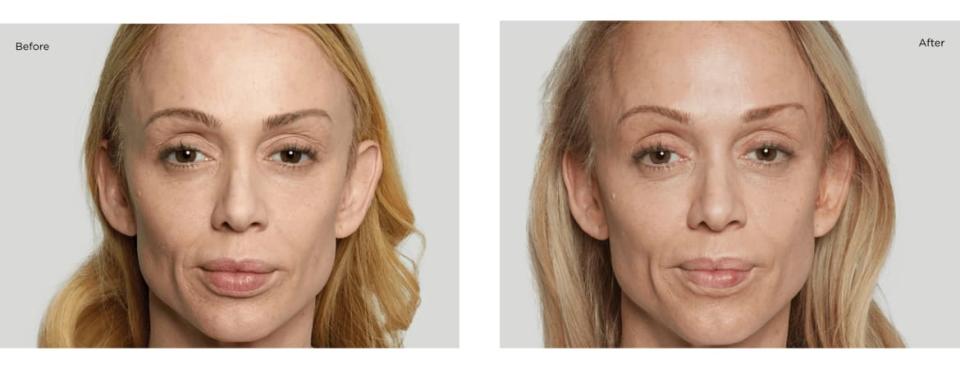
What Are the Differences Between Sculptra and Hyaluronic Acid Fillers?
The primary difference is that hyaluronic acid fillers are gel-based, whereas Sculptra comes in powder particle form and is mixed with water pre-injection. HA fillers deliver instantly visible results, while Sculptra will take about six to eight weeks to “kick in” and often requires multiple sessions. “Most dermal fillers used in the US are made of hyaluronic acid (HA) gel. The fillers differ in the bonding of the HA particles that modify the thickness and strength of the gels to be used in different parts of the face and layers of tissue,” says Dr. Samolitis. “HA fillers basically replace volume with the gel, which gradually dissolves and needs to be replaced again. There is some data that HA injections in themselves can stimulate some collagen growth, but they are less effective in actual biostimulation compared to Sculptra (PLLA).”
TL;DR: HA fillers are used for more dramatic results, augmentation, and creating definition and give the patient instant-gratification results, whereas Sculptra produces a more subtle result, visible over time as the particles disperse and work their collagen-boosting magic.
One more thing to note: with dermal fillers, it is advised to avoid massaging—and even touching—the treated areas after injections, whereas with Sculptra, you need to adhere to the 5-5-5 rule (massaging the areas for five minutes five times a day for five days) to prevent nodules from forming.
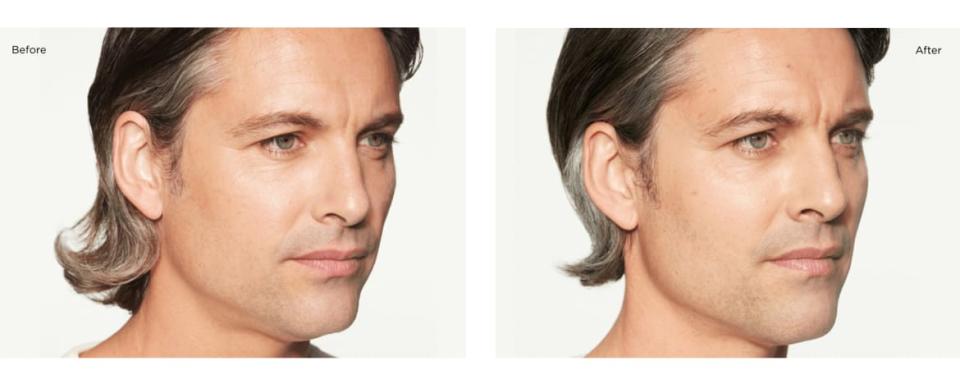
Why Is Sculptra Suddenly So Popular?
“Sculptra has been around for years, but I believe it has recently gained so much popularity because there is a trend of patients becoming not only more educated but also more aware of the difference between the treatments offered to them, therefore wanting to seek more natural results,” says Dr. Sadaat, who has used Sculptra in his practice for well over a decade now.
It‘s also worth noting that both Dr. Sadaat and Dr. Samolitis mentioned that they’ve noticed an uptick in patients requesting the bio-stimulator more over the last year—especially younger patients and with the rising use of GLP-1 weight loss medications like Ozempic, which can cause mild to severe (and uneven) facial fat and volume loss.
Dr. Samolitis also adds that more research and injector education is also likely part of why Sculptra is becoming more popular in cosmetic dermatology and medical spas. “When Sculptra was new, the instructions for using it were much different than the way we are using it currently,” she says. “An updated study utilizing the updated technique was published more recently, bringing a renewed interest in this injectable product.”
What Are the Downsides and Risks to Sculptra?
While your cosmetic derm or injector may seem a little extra excited about Sculptra lately, Dr. Samolitis says it’s worth taking a pause to consider some of the downsides and discuss your aesthetic goals with your provider—especially since, unlike HA fillers, you cannot get Sculptra dissolved, and it lasts up to two years post-treatment.
“In my opinion, the main downside to Sculptra is that the reaction of the tissue with collagen production can vary from person to person and is not always predictable,” she says. “It is rare that someone has an excessive response with too much collagen, but it is more common that the result can be extremely subtle and may require multiple treatments depending on how much volume is desired.” In other words, if you’re expecting an instant boost in volume, Sculptra is probably not for you. Of course, there are risks to any cosmetic procedure, and Sculptra is no different.
“Like any injectable, there are risks with Sculptra injections and these are highly injector dependent, so it is valuable to find an experienced injector. The incidence of non-dissolvable nodules has decreased significantly with the newer technique, but that remains the most common risk,” she says.
Volume-Boosting Skincare (Bio-Stimulator Alternatives)
In a nutshell, Sculptra penetrates the dermis with collagen and elastin-boosting particles that gradually deliver visible results and offer a more natural and subtle effect lasting up to two years. If you’re not ready to go under the needle, you may also consider other in-office bio-stimulatory treatments, including microneedling.
While no skincare product can fully emulate the results of injectable procedures, whether it be Botox or Sculptra, these volume-boosting skincare products are a great way to lift and plump the skin without a visit to the dermatologist, plastic surgeon, or licensed aesthetic injector.
Filorga Lift-Structure Ultra Lifting Anti Aging Face Cream
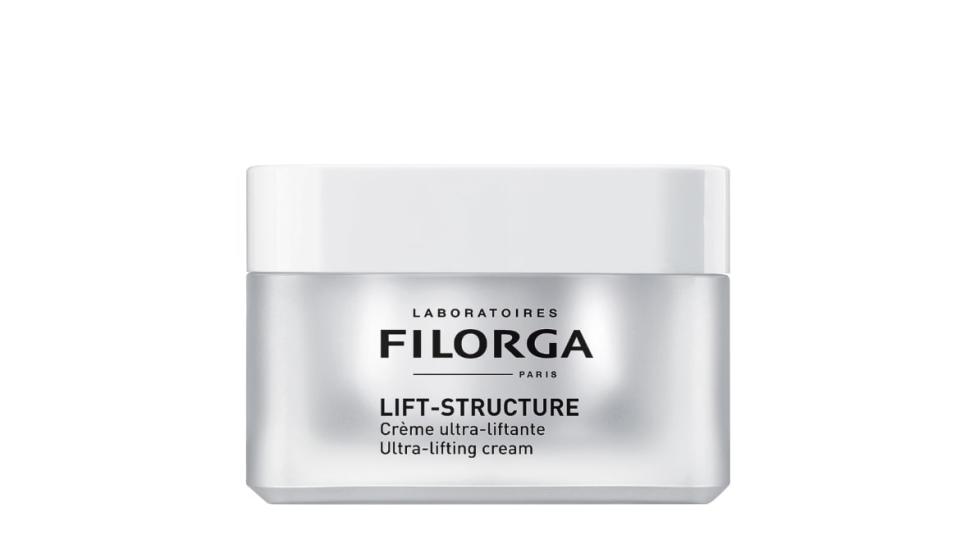
Infused with moisture-retaining hyaluronic acid and lifting collagen, this French-formulated restructuring cream targets sagging skin topically while strengthening the skin barrier.
Buy Filorga Lift-Structure Ultra Lifting Anti Aging Face Cream at Amazon, $104
Buy Filorga Lift-Structure Ultra Lifting Anti Aging Face Cream at Dermstore, $104
iS CLINICAL Firming Complex
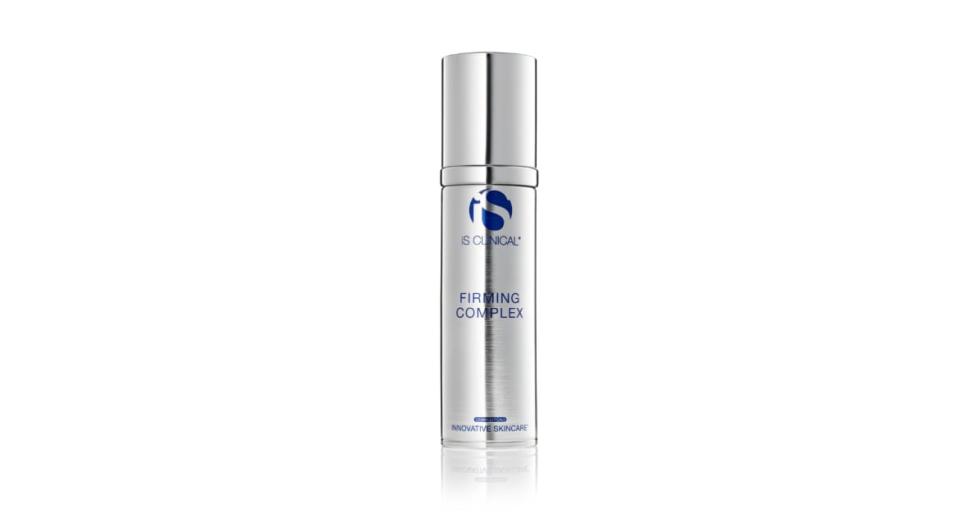
This volumizing serum packs a major anti-aging punch thanks to a cocktail of gentle exfoliants, antioxidants and bionutrients to contour, smooth, and resurface skin for a more lifted look.
Buy iS CLINICAL Firming Complex at Bluemercury, $138
Buy iS CLINICAL Firming Complex at Dermstore, $138
Caudalie Resveratrol-Lift Firming Night Cream
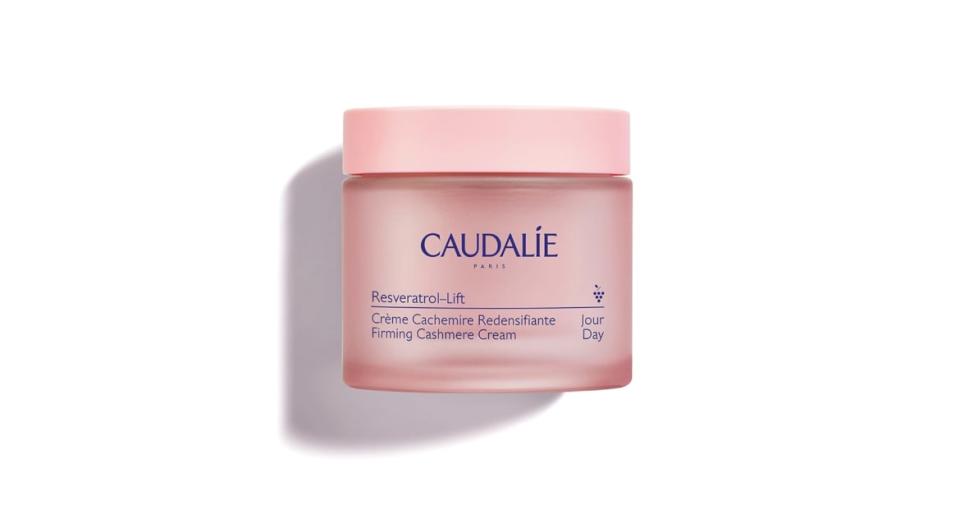
Powered by a cocktail of skin-firming and laxity-boosting ingredients, including patented resveratrol, hyaluronic acid, and a potent collagen alternative, this nourishing night cream not only combats fine lines but also targets jowls and sagging skin with regular use. We also love that it’s infused with mineral pearlizers for an instant glow.
Buy Caudalie Resveratrol-Lift Firming Night Cream at Dermstore, $72
Buy Caudalie Resveratrol-Lift Firming Night Cream at Revolve, $72
Alastin Regenerating Skin Nectar With TriHex Technology
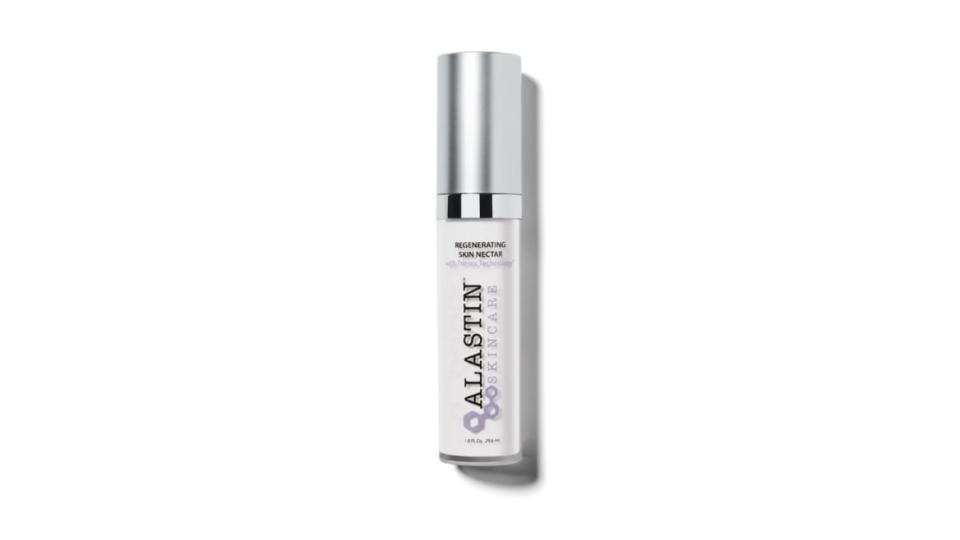
Formulated to enhance the effects (and boost recovery from) in-office skin-tightening procedures like microneedling and lasers, this regenerative formula is supercharged with the brand’s proprietary TrixHex technology to help boost elastin and collagen topically. It also contains bruise-fighting arnica and irritation-quelling Phytoene, making it a great choice for post-procedure skincare.
Buy Alastin Regenerating Skin Nectar With TriHex Technology at Amazon, $204
Buy Alastin Regenerating Skin Nectar With TriHex Technology at Alastin, $236
SkinMedica TNS Advanced+ Serum
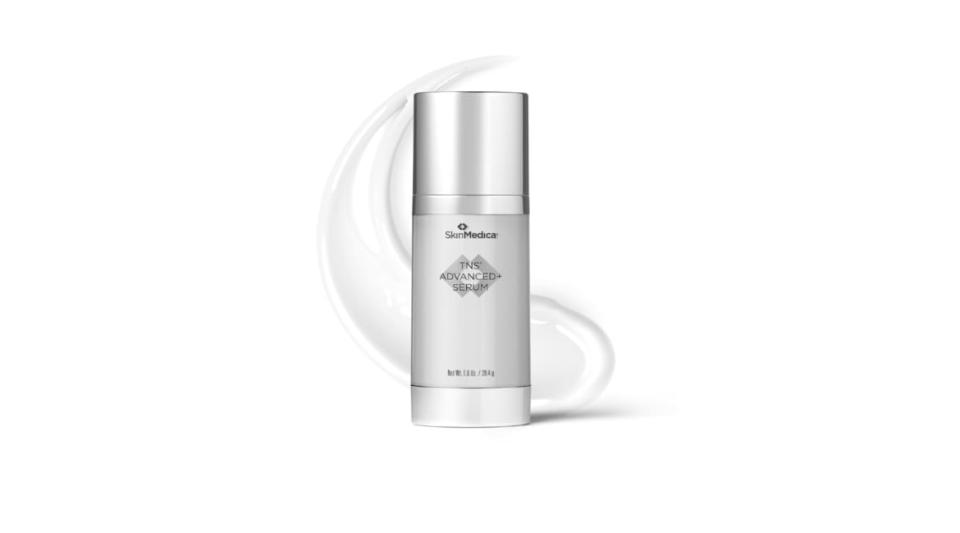
There’s a reason why I frequently wax poetic about this clinical-level growth factor serum—it really does come close to mimicking in-office results—especially in the firming and lifting department. Yes, it’s pricey, but it’s an investment you won’t regret if you’re looking to avoid the needle-and-knife route.
Buy SkinMedica TNS Advanced+ Serum at Dermstore, $295
Buy SkinMedica TNS Advanced+ Serum at Bluemercury, $295
Olay Regenerist Micro-Sculpting Cream
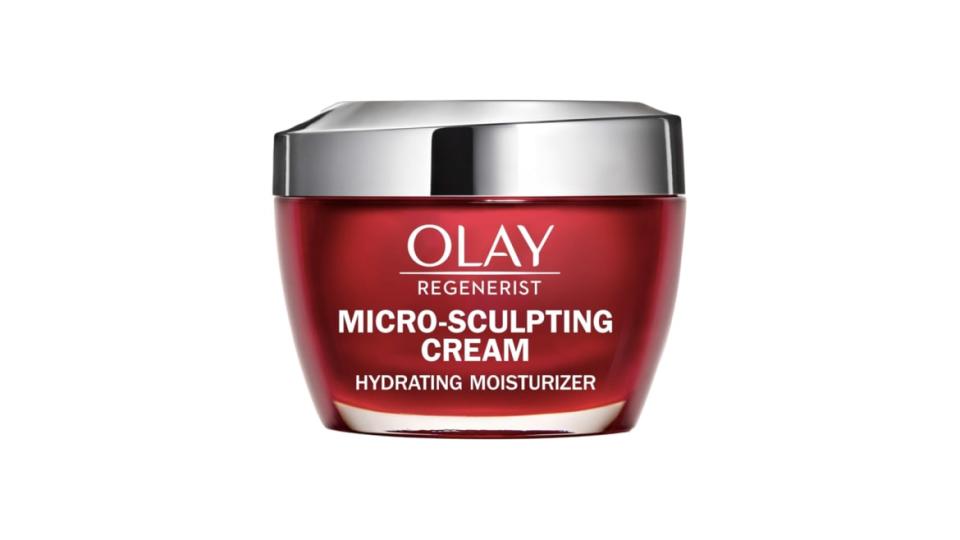
If you’re looking for an affordable sculpting cream that delivers luxury-level results, Olay’s tried-and-true Micro-Sculpting Cream is your best bet in the drugstore category. This line-filling cream works to improve laxity while smoothing fine lines and softening texture—all without feeling greasy or clogging pores.
Buy Olay Regenerist Micro-Sculpting Cream at Olay, $24
Buy Olay Regenerist Micro-Sculpting Cream at Amazon, $28
Facile Skin Reverse Anti-Aging Serum
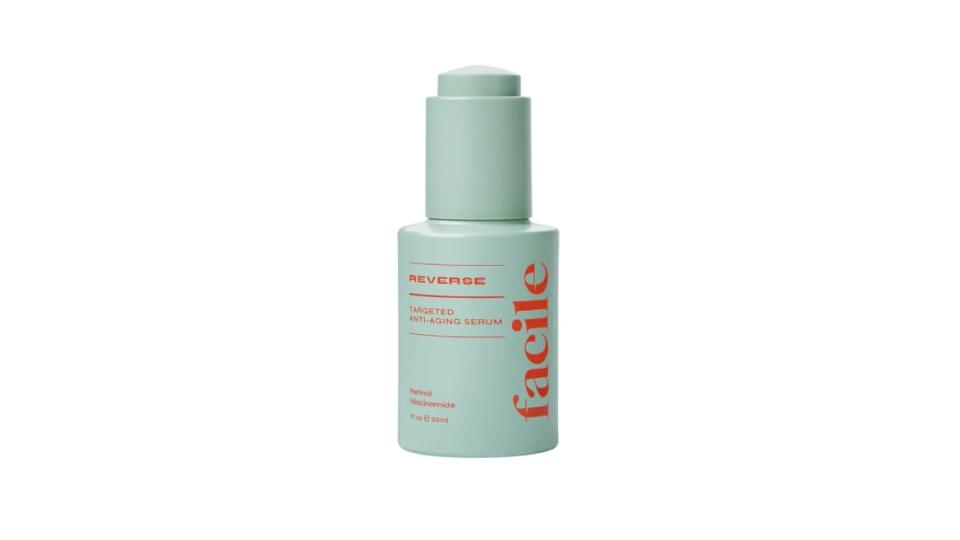
Formulated to address a trifecta of age-related skincare concerns (fine lines, discoloration, and sagging), this affordable anti-aging serum is truly a triple threat. The gentle formula is spiked with retinol, niacinamide, and panthenol to lift, brighten, and lock in moisture.
Buy Facile Skin Reverse Anti-Aging Serum at Facile Skin, $38
Buy Facile Skin Reverse Anti-Aging Serum at Revolve, $38
MORE FROM SCOUTED:
I Tried the ‘Nefertiti Lift’ and It Completely Transformed My Entire Face
This At-Home Beauty Tool Uses the Same Laser Technology as In-Office Devices
Tons of Beauty Editors Swear This Wrinkle Corrector Is Like Botox in a Bottle
Get the Daily Beast's biggest scoops and scandals delivered right to your inbox. Sign up now.
Stay informed and gain unlimited access to the Daily Beast's unmatched reporting. Subscribe now.


